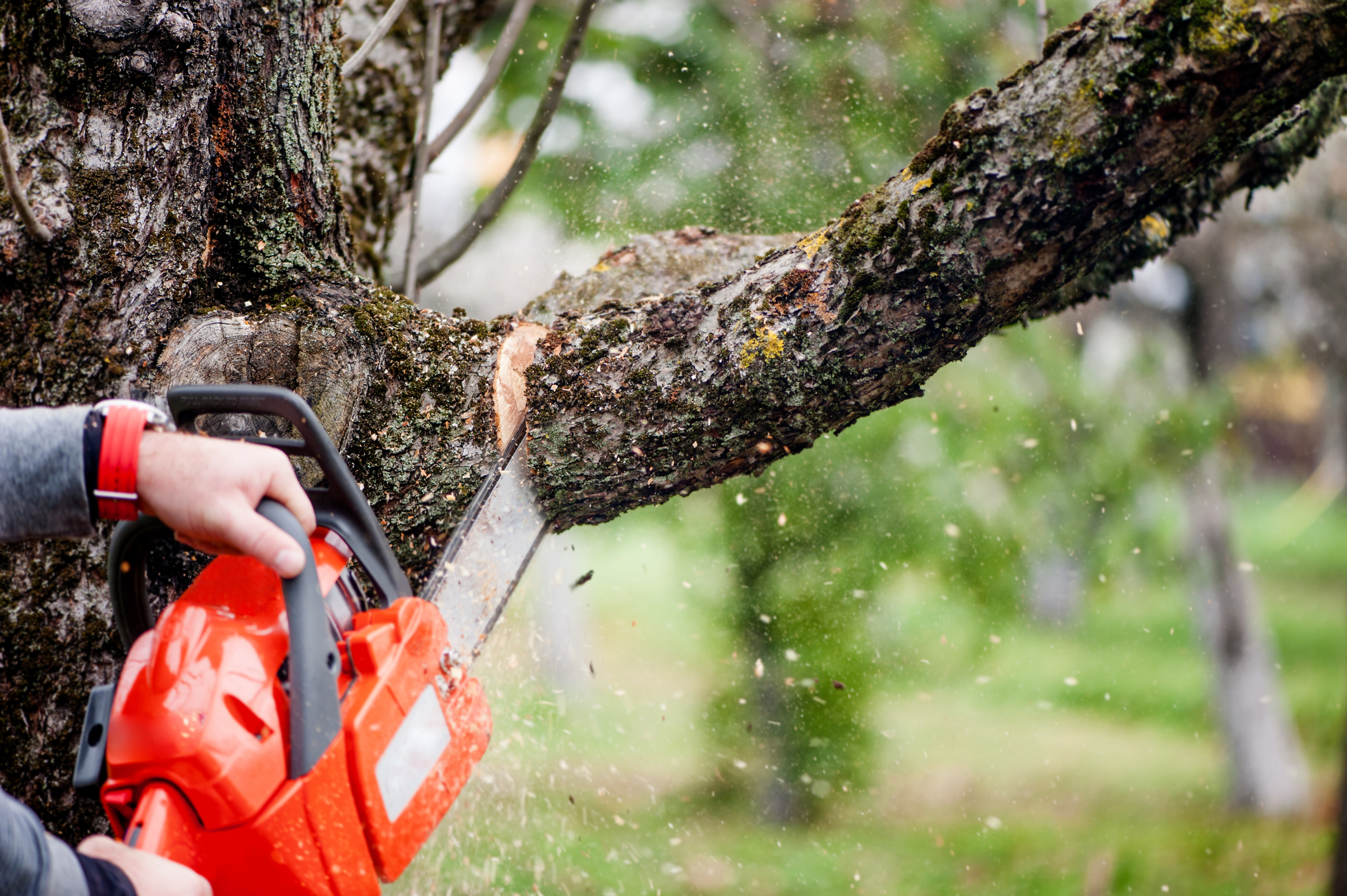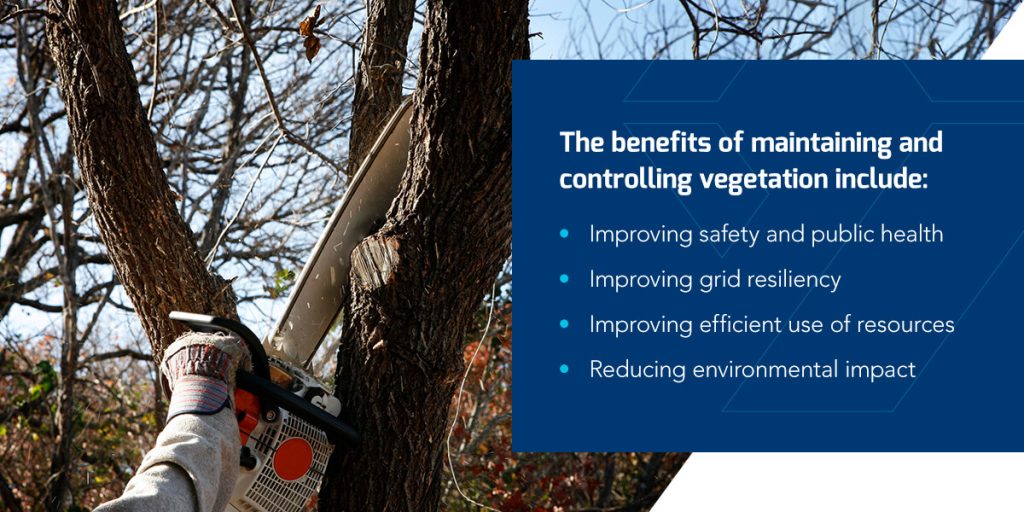Tree removal may be necessary if it becomes hazardous, which means it is unhealthy or can potentially fall on a powerline. Removing these trees eliminates the risk of them falling onto powerlines, which helps prevent wildfires or power outages.
Tree removals could also be needed for trees that are non-native and invasive or have been planted too close to infrastructure. Trees planted too close to infrastructure systems in combination with species-specific growth patterns could make the tree unsustainable in the future.






















